Occupational Safety and Health
Hydrocarbon International: Tool Box Talk
Views : 6
Usually dispatched in 2 to 3 days
Usually dispatched in 2 to 3 days
Category:
Occupational Safety and Health
Only logged in customers who have purchased this product may leave a review.
Related books
Water Safety Plan Manual
Introduction
The most effective means of consistently ensuring the safety of a drinking-water supply is through the use of a comprehensive risk assessment and risk management approach that encompasses all steps in water supply from catchment to consumer. In these Guidelines, such approaches are called water safety plans (WSPs)”.
Water Safety Plan Manual
Introduction
The most effective means of consistently ensuring the safety of a drinking-water supply is through the use of a comprehensive risk assessment and risk management approach that encompasses all steps in water supply from catchment to consumer. In these Guidelines, such approaches are called water safety plans (WSPs)”.
Giving Safety Talks A Guide For The Construction Sector
Introduction and Importance
Biohazardous infectious material contains organisms that can cause diseases such as HIV/AIDS, Hepatitis B, and Salmonella in humans or animals. These materials are usually found in hospitals and laboratories. However, you could! nd them at work. Universal Precautions are guidelines to help protect you from exposure to infectious diseases spread by blood or body fluids.
Consequences
Biohazardous infectious materials can cause AIDS, hepatitis, or other diseases. 157 disabling injury claims took place in 2007 – primarily in the Health Care profession. Procedure/Practice
If your work requires you to handle biohazardous infectious materials, ask your supervisor for training so you understand the hazards, roles, responsibilities, and regulations you are to follow. Wear the proper PPE as every tissue or fluid is to be considered dangerous. Make sure you have a tetanus immunization every 10 years. Trash bins in the Health & Safety department may contain infectious materials. Be careful in this area.
Giving Safety Talks A Guide For The Construction Sector
Introduction and Importance
Biohazardous infectious material contains organisms that can cause diseases such as HIV/AIDS, Hepatitis B, and Salmonella in humans or animals. These materials are usually found in hospitals and laboratories. However, you could! nd them at work. Universal Precautions are guidelines to help protect you from exposure to infectious diseases spread by blood or body fluids.
Consequences
Biohazardous infectious materials can cause AIDS, hepatitis, or other diseases. 157 disabling injury claims took place in 2007 – primarily in the Health Care profession. Procedure/Practice
If your work requires you to handle biohazardous infectious materials, ask your supervisor for training so you understand the hazards, roles, responsibilities, and regulations you are to follow. Wear the proper PPE as every tissue or fluid is to be considered dangerous. Make sure you have a tetanus immunization every 10 years. Trash bins in the Health & Safety department may contain infectious materials. Be careful in this area.
Progressing Safety And Best Practice Step By Step
Introduction
Ladders are an everyday tool in homes and workplaces across the world, allowing millions of people to work at height quickly and easily. They’re versatile and vital pieces of equipment, that can be used
for a whole range of jobs. But too many people still fall from ladders. The consequences of these falls can be life-changing, for both the victim and their loved ones. The Ladder Association wants everyone who climbs a ladder to come back down safely. To achieve this, we believe the entire ladder industry must work in collaboration. That’s why the Association was formed in 1947; it’s the place where ladder manufacturers, suppliers, and training providers meet. Separately, these businesses innovate and compete. But when it comes to advancing user safety, they work together. Our members have made a clear commitment to put safety at the heart of everything they do:
• Ladder Association Manufacturers only make ladders that comply with EN 131 (or international equivalents) and are certified by a third-party Conformity Assessment Body;
• Ladder Association Suppliers only sell or hire ladders that are certified to EN 131 (or international equivalents);
• Ladder Association Training Providers use approved centers to deliver approved training courses, using approved instructors. We also work closely with the Health & Safety Executive, the Office for Product Safety and Standards, the British Standards Institution and other National Standards Bodies, RoSPA, and similar safety-minded organizations to combine insights, experience, and knowledge. It means that when our campaigns, training courses, and documents like this Code of Practice are put together, there’s as much expertise in the room as possible. And remember, we’re all there in support of you, the ladder user. This edition of the Ladder Association Code of Practice takes account of the latest guidance and product standards at the time of issue and supersedes all previous editions. It’s designed to keep you, and those around you, safe.
Progressing Safety And Best Practice Step By Step
Introduction
Ladders are an everyday tool in homes and workplaces across the world, allowing millions of people to work at height quickly and easily. They’re versatile and vital pieces of equipment, that can be used
for a whole range of jobs. But too many people still fall from ladders. The consequences of these falls can be life-changing, for both the victim and their loved ones. The Ladder Association wants everyone who climbs a ladder to come back down safely. To achieve this, we believe the entire ladder industry must work in collaboration. That’s why the Association was formed in 1947; it’s the place where ladder manufacturers, suppliers, and training providers meet. Separately, these businesses innovate and compete. But when it comes to advancing user safety, they work together. Our members have made a clear commitment to put safety at the heart of everything they do:
• Ladder Association Manufacturers only make ladders that comply with EN 131 (or international equivalents) and are certified by a third-party Conformity Assessment Body;
• Ladder Association Suppliers only sell or hire ladders that are certified to EN 131 (or international equivalents);
• Ladder Association Training Providers use approved centers to deliver approved training courses, using approved instructors. We also work closely with the Health & Safety Executive, the Office for Product Safety and Standards, the British Standards Institution and other National Standards Bodies, RoSPA, and similar safety-minded organizations to combine insights, experience, and knowledge. It means that when our campaigns, training courses, and documents like this Code of Practice are put together, there’s as much expertise in the room as possible. And remember, we’re all there in support of you, the ladder user. This edition of the Ladder Association Code of Practice takes account of the latest guidance and product standards at the time of issue and supersedes all previous editions. It’s designed to keep you, and those around you, safe.
CCE Chemical Safety Manual
Safety plan for the Division of Chemistry and Chemical Engineering
Training in Safety is required for everyone in the CCE Division. Before being issued a key and beginning work, each new member must have documented training in the
following areas. Training is provided at Three Levels for new employees:
1. Safety Orientation - for all new employees, including office staff
Safety organization structure
Right to know
Medical trips and reporting
Safety equipment
Evacuation plan for fire and earthquake
2. Laboratory Safety - for researchers in chemical laboratories
Safety equipment available
Films on proper practice
Electrical Equipment spark/hazards
Labeling of chemicals
Chemical disposal
Spill Clean up
Inspection procedure
Routine
Prestart up inspection
Chemical Hazard
Hazard classification guide
Carcinogen, tetragon
3. Group Safety - procedures will be developed by each research group
Biological hazards*
Vacuum line
CCE Chemical Safety Manual
Safety plan for the Division of Chemistry and Chemical Engineering
Training in Safety is required for everyone in the CCE Division. Before being issued a key and beginning work, each new member must have documented training in the
following areas. Training is provided at Three Levels for new employees:
1. Safety Orientation - for all new employees, including office staff
Safety organization structure
Right to know
Medical trips and reporting
Safety equipment
Evacuation plan for fire and earthquake
2. Laboratory Safety - for researchers in chemical laboratories
Safety equipment available
Films on proper practice
Electrical Equipment spark/hazards
Labeling of chemicals
Chemical disposal
Spill Clean up
Inspection procedure
Routine
Prestart up inspection
Chemical Hazard
Hazard classification guide
Carcinogen, tetragon
3. Group Safety - procedures will be developed by each research group
Biological hazards*
Vacuum line
Electrical Safty
Introduction
As a source of power, electricity is used in all aspects of life. In the home and at work, electricity provides the power for everything from domestic appliances to industrial machines, from office equipment to electric tools. When compared to the potential dangers of machinery and chemical substances, electrical hazards can be easily overlooked. Unfortunately, this neglect often causes serious accidents and loss of property. Many of these accidents can be prevented as they are mainly caused by electricity users who lack basic safety awareness.
Electrical Safty
Introduction
As a source of power, electricity is used in all aspects of life. In the home and at work, electricity provides the power for everything from domestic appliances to industrial machines, from office equipment to electric tools. When compared to the potential dangers of machinery and chemical substances, electrical hazards can be easily overlooked. Unfortunately, this neglect often causes serious accidents and loss of property. Many of these accidents can be prevented as they are mainly caused by electricity users who lack basic safety awareness.
Chemical Safety Handbook
Introduction
The health, safety and well‐being of the university community and the protection of the environment are of utmost importance to the University. Through various functions, University of Guelph personnel are responsible for the handling, use and storage of potentially hazardous chemical products. In order to address the health, safety and environmental challenges specific to the usage of hazardous chemicals outside of laboratory environments, this handbook, and the encompassing guidelines and procedures, have been developed. This handbook is to provide supplemental information to the University of Guelph and departmental health and safety policies as well as define minimum standards for safe practices at the University. Workers involved in laboratory work should refer to the Laboratory Safety Manual for more detailed direction on chemical safety in the laboratory. Our goal is a safe and healthy environment for faculty, staff, students and visitors.
Chemical Safety Handbook
Introduction
The health, safety and well‐being of the university community and the protection of the environment are of utmost importance to the University. Through various functions, University of Guelph personnel are responsible for the handling, use and storage of potentially hazardous chemical products. In order to address the health, safety and environmental challenges specific to the usage of hazardous chemicals outside of laboratory environments, this handbook, and the encompassing guidelines and procedures, have been developed. This handbook is to provide supplemental information to the University of Guelph and departmental health and safety policies as well as define minimum standards for safe practices at the University. Workers involved in laboratory work should refer to the Laboratory Safety Manual for more detailed direction on chemical safety in the laboratory. Our goal is a safe and healthy environment for faculty, staff, students and visitors.



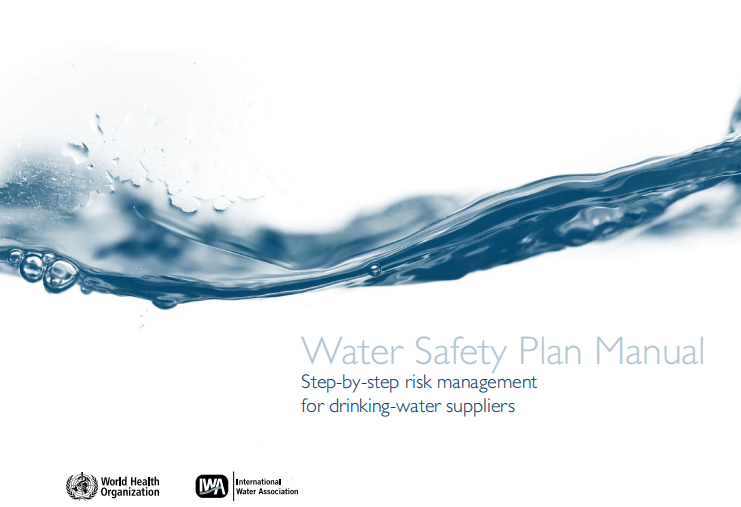
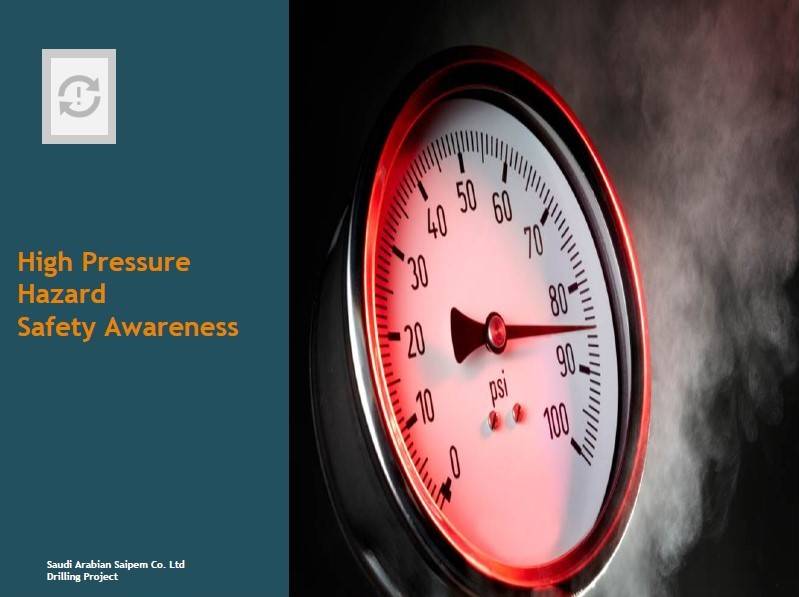
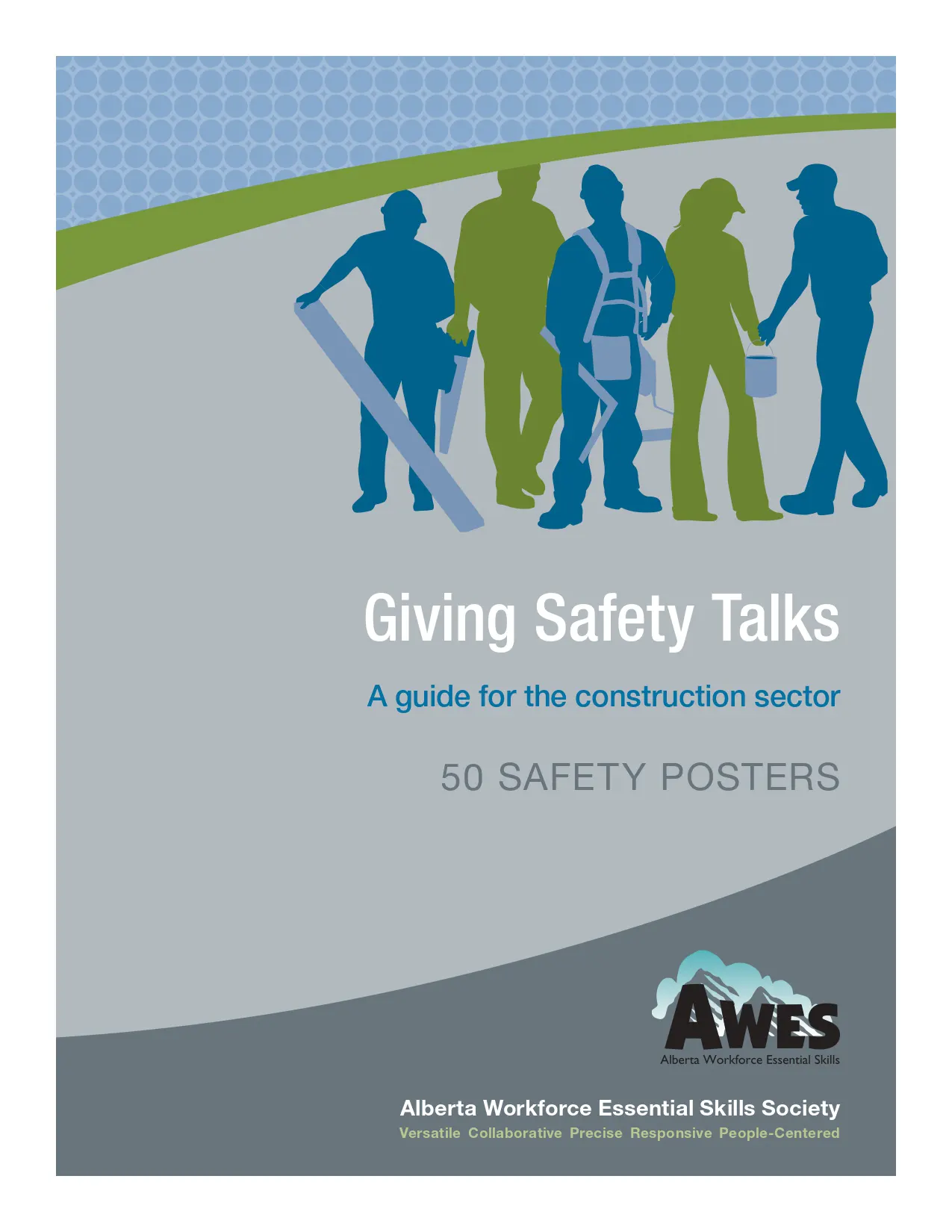
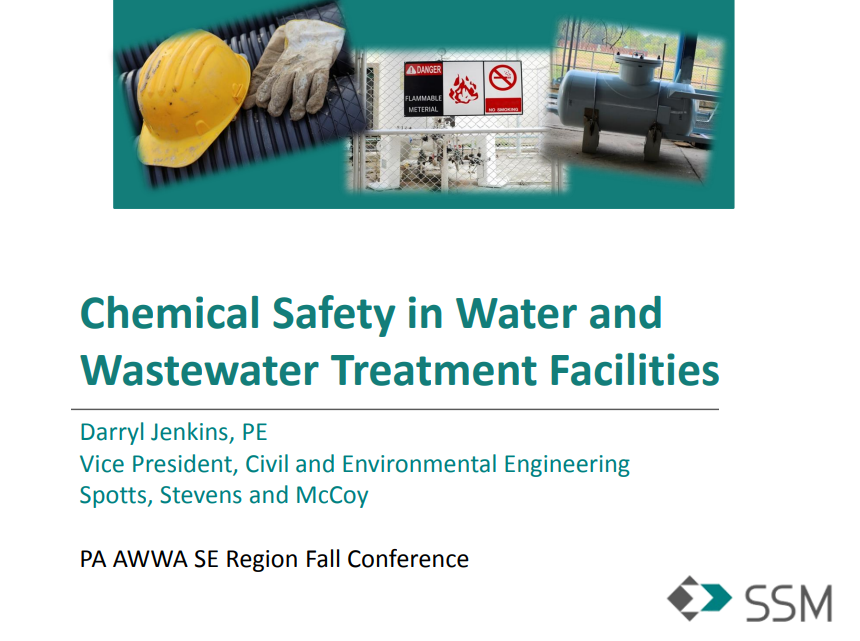
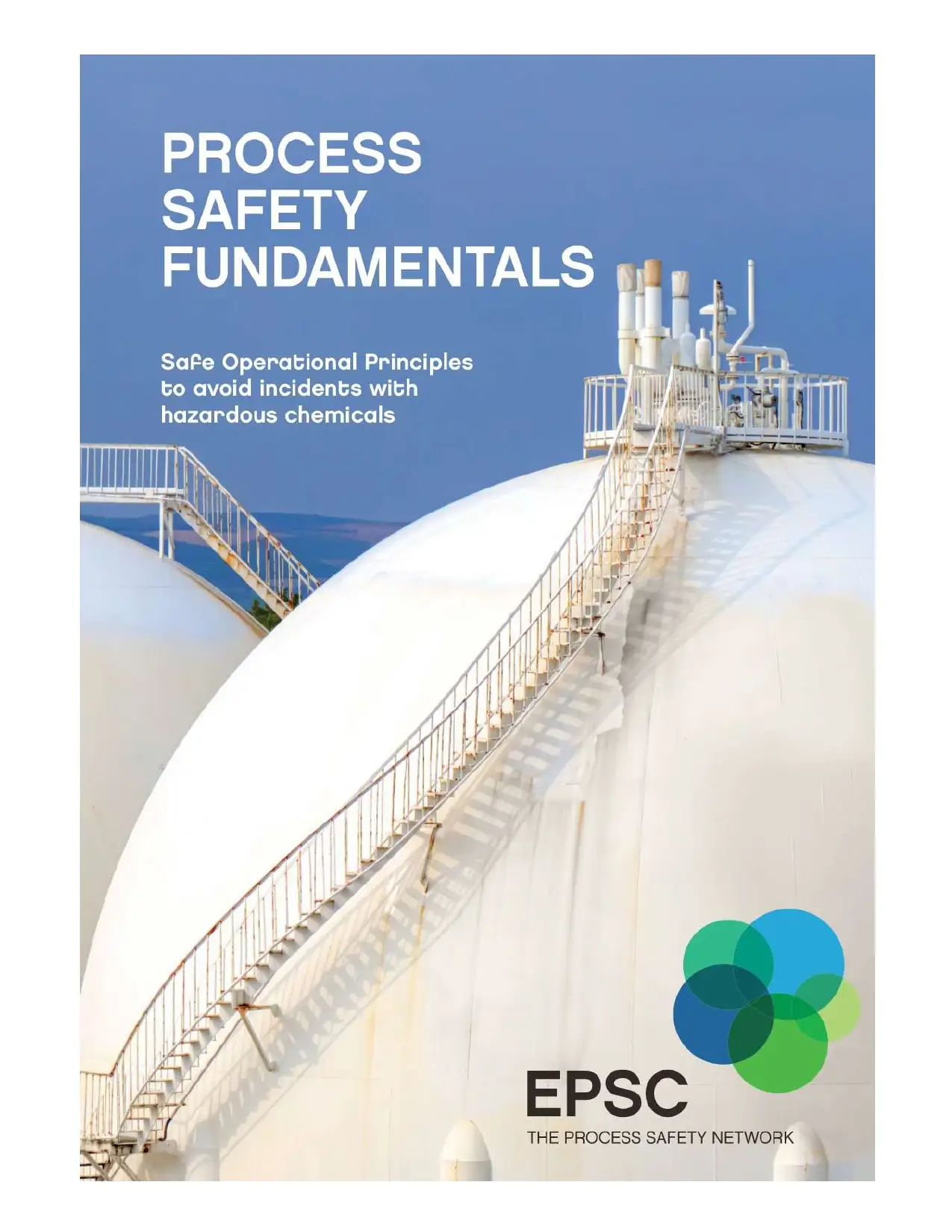
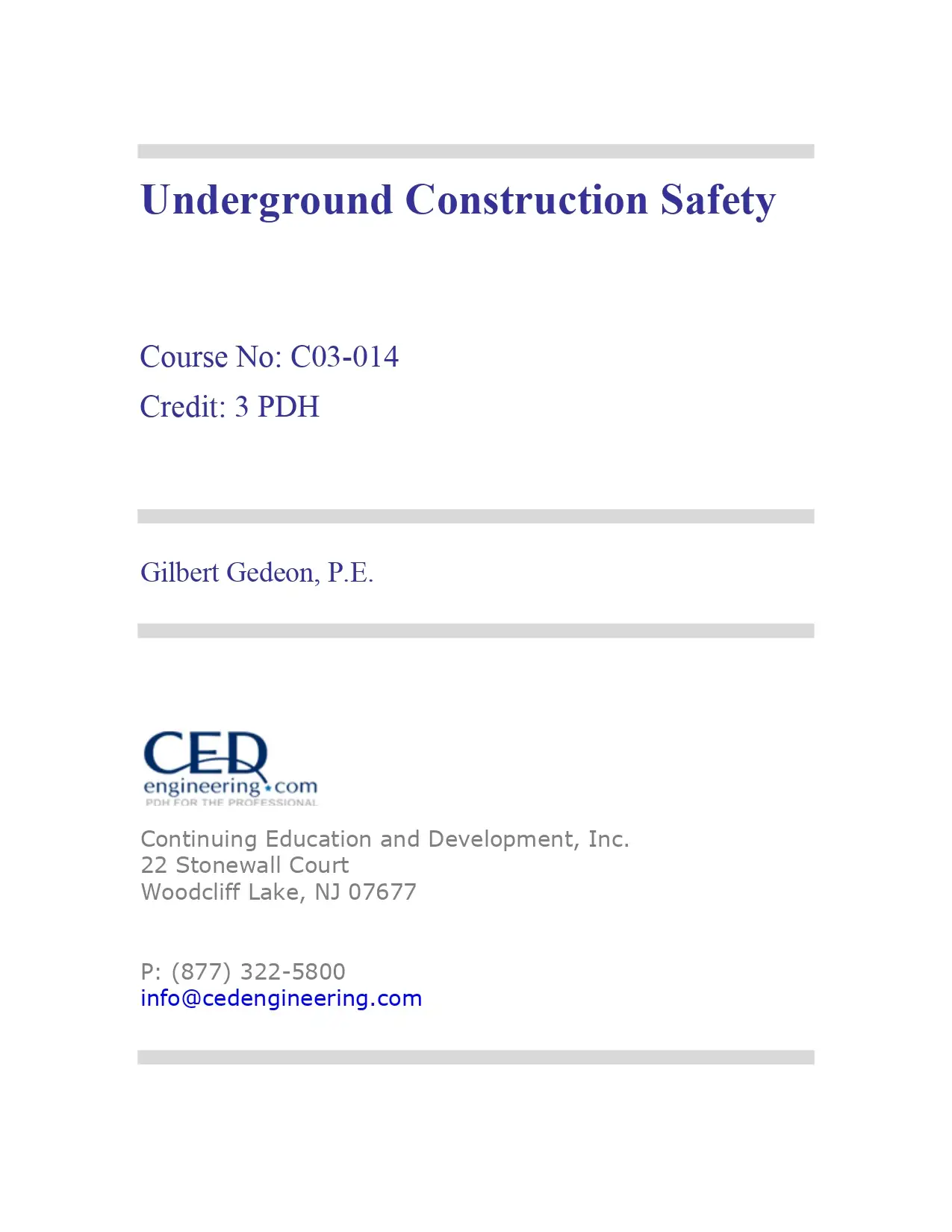
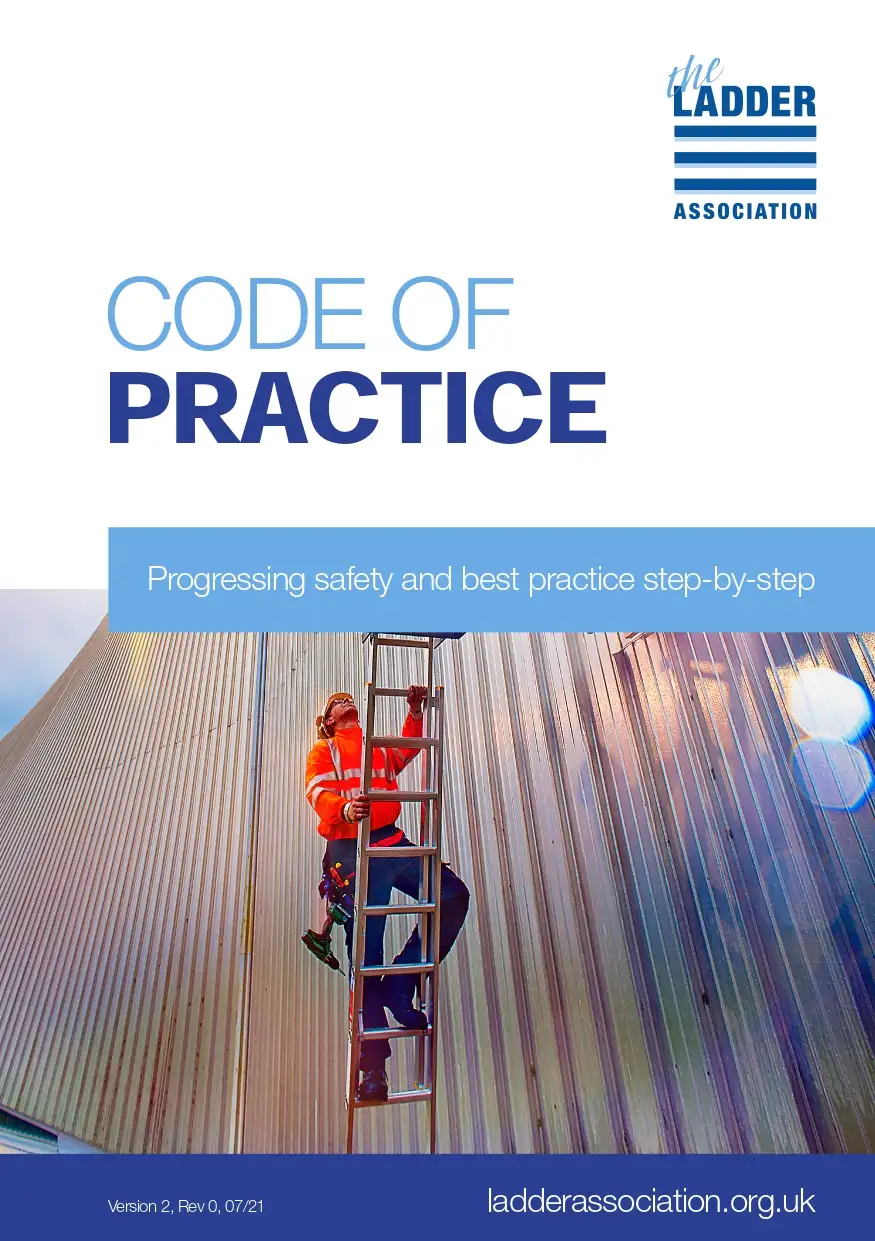
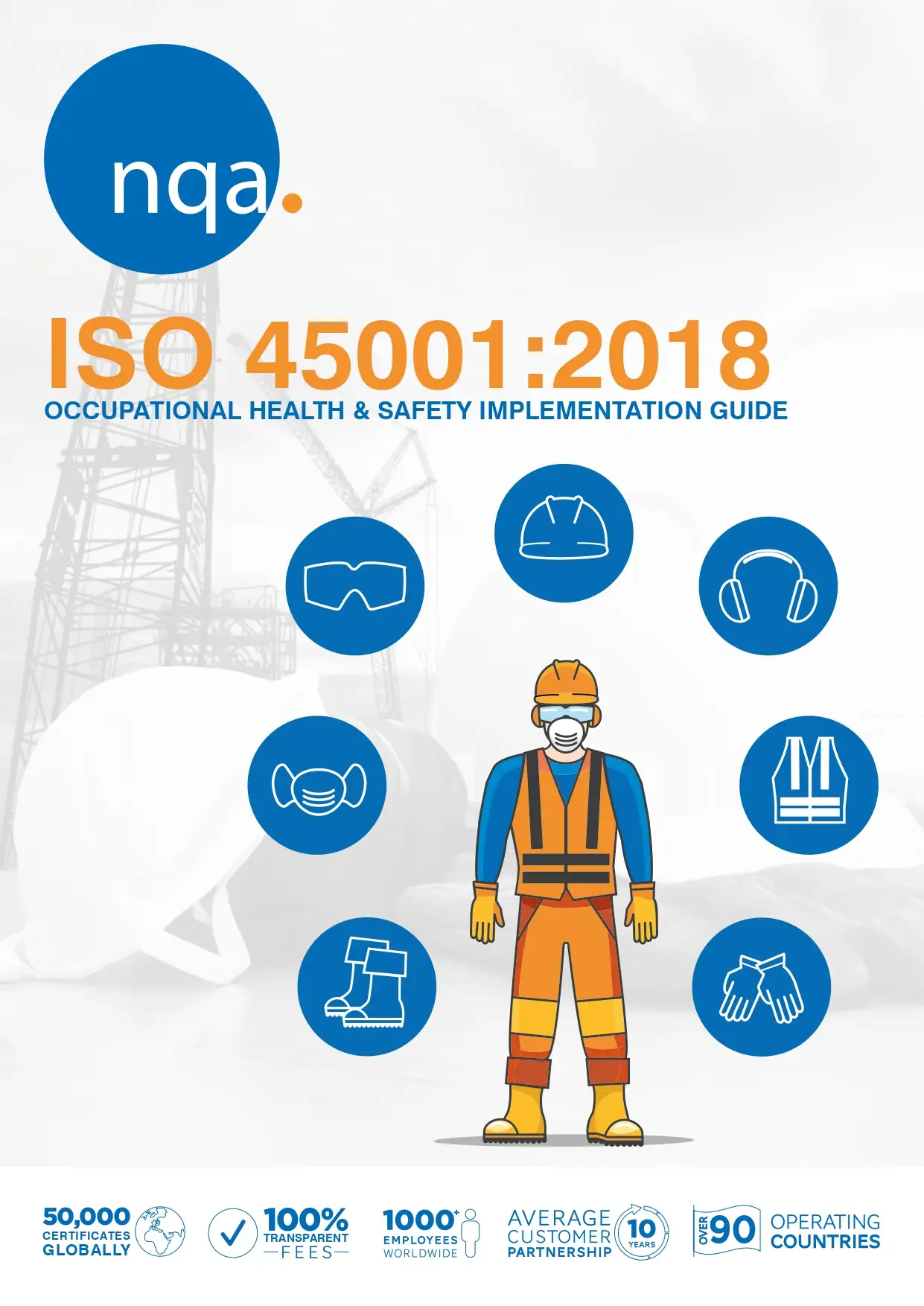
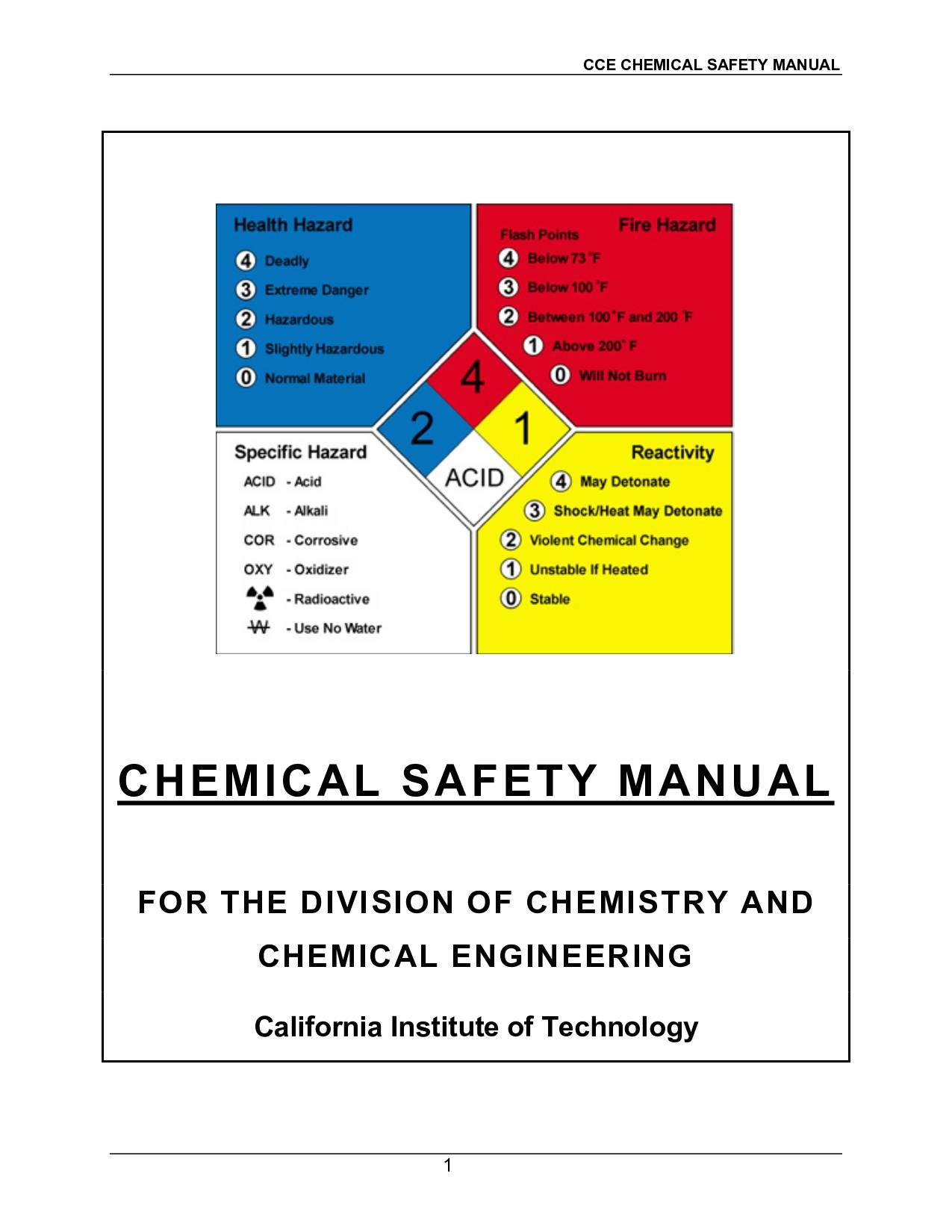
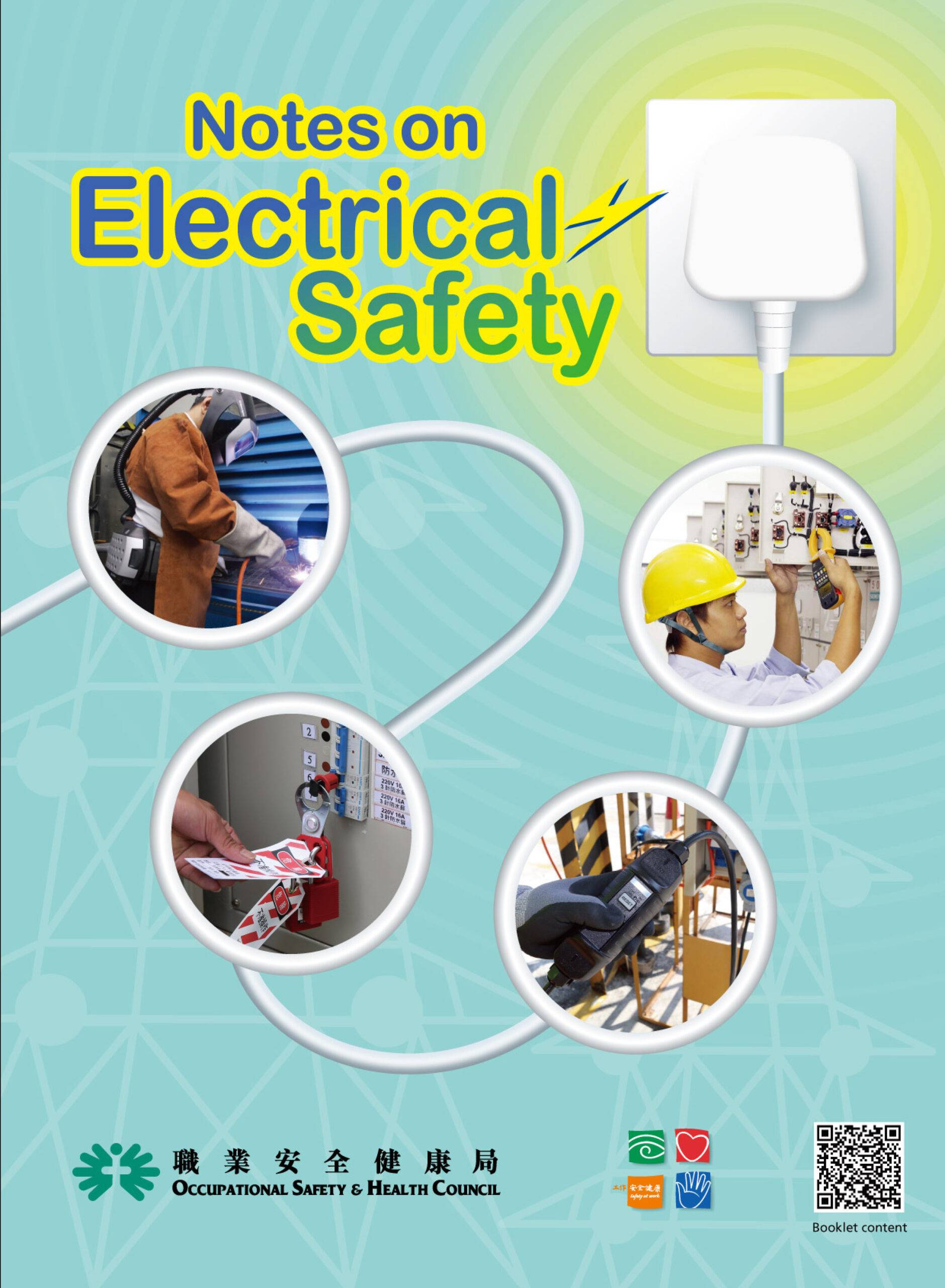
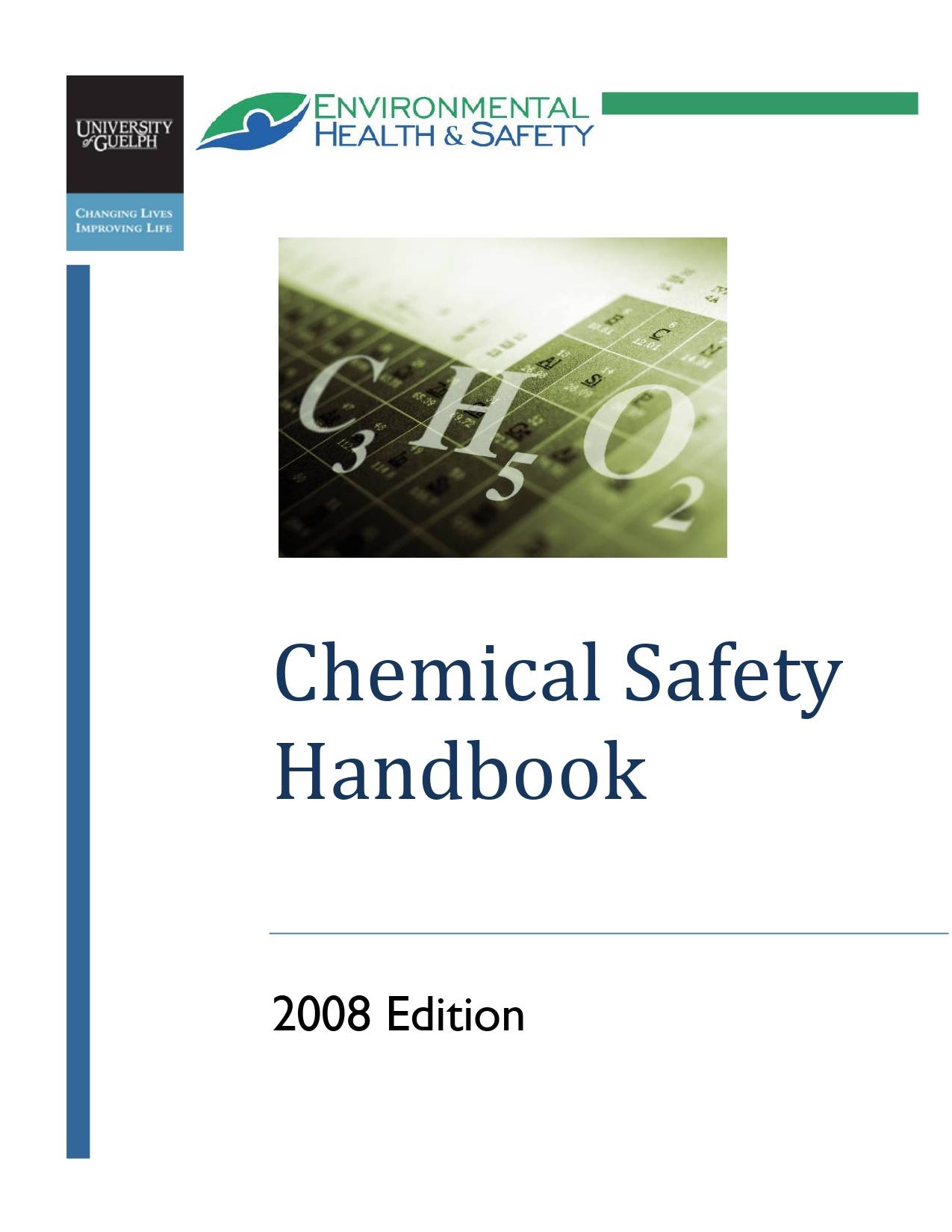
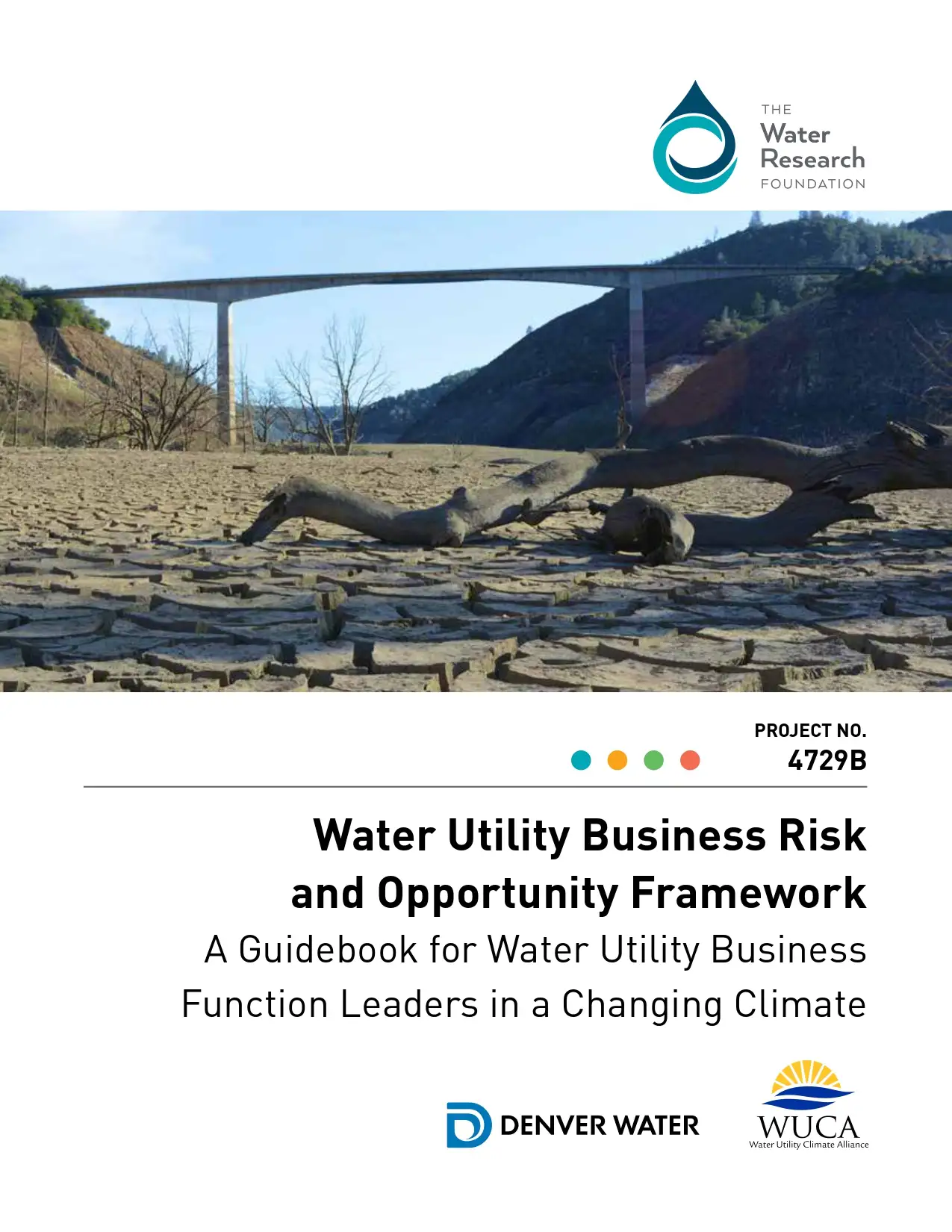
Reviews
There are no reviews yet.